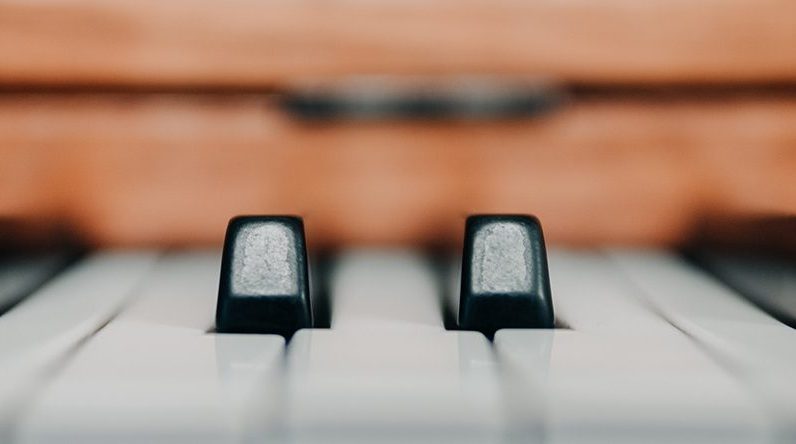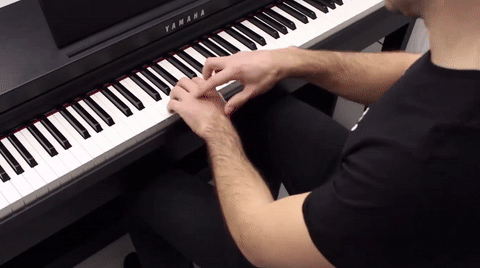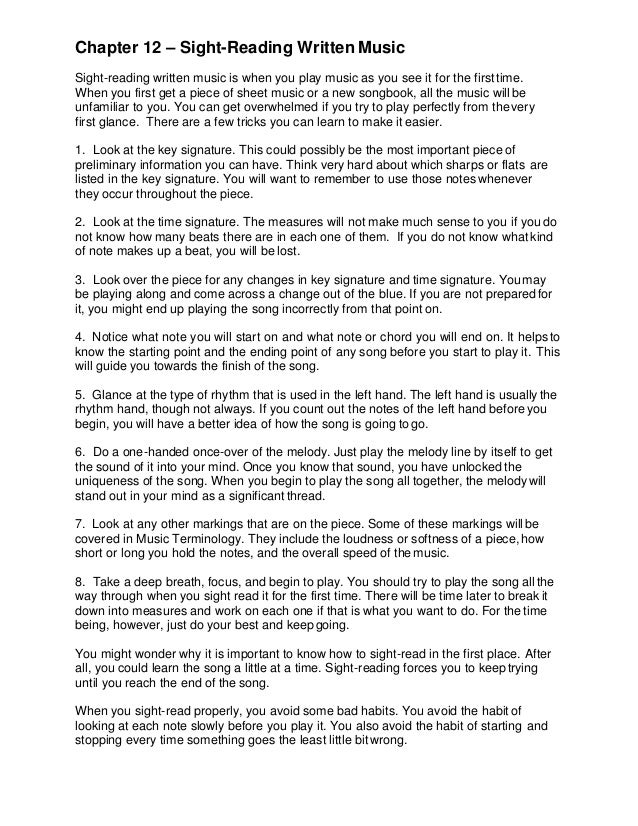


I, for one, usually hold the violin at a ‘Heifetzian tilt’ with a slightly inclined chin rest. It migrated upwards, to the collar bone, when virtuosity became the rage.

In earlier times, the violin was held near the rib-cage. Instead, it depends on physiology, temperament and musical inclination of the player. Even the holding of a violin is not governed by set rules. Learning to play the violin is as complex as the human experience. I started on a wood-wind but made the transition once the circumstances permitted. In England, there were a few hitches to overcome before I was bestowed my first violin. My initial yearning for this enigmatic instrument proved elusive and it wasn’t until we went to England that I embarked on a journey of musical discovery. I later discovered that unlike the human voice the violin could sustain a melodic line for quite long not having to breathe at regular intervals. I was also awed by the lilting, glistening tone of the violin so like the human voice and yet surpassing it in range of expression. Then one day, Dr Imdad Husain played at our house and I was spell-bound. The piano and brass bands sounded boisterous and mundane the music I heard on TV did not stir emotion of a significant degree. My parents showed mild concern when I asked them to put it on regularly. One of my earliest musical impressions was a percussive, almost martial tune played on strings culminating in a crescendo. Certain sheltered communities in Africa have responded to Mozart Bela Bartok was deeply moved by the folk music of Turkey.

People strained by linguistic barriers are drawn to diverse musical genres. In today’s politically fragmented world, its relevance has grown. Music is one of the few unifying experiences of humanity.


 0 kommentar(er)
0 kommentar(er)
